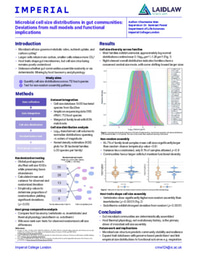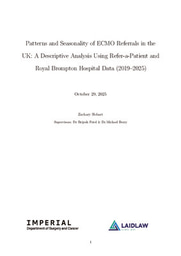Supervised By: Dr. Ngai Yin Yip, La Von Duddleson Krumb Associate Professor of Earth and Environmental Engineering
Project Background:
Mining, an essential practice for the materials that we use every day, is incredibly water and energy-intensive. Lithium mining specifically, requires the extraction of lithium from hard rock ores that is crushed in briny water that is then extracted by evaporation. This process requires the consumption of large amounts of freshwater and results in hypersaline brines, wastewater with high concentrations of salts as well as other pollutants. Currently, traditional technologies are limited in their ability to purify said water and recover the resources in this wastewater. By developing such technologies, we can not only reuse the purified water as a part of the wastewater treatment process but also potentially reuse the pollutants and salts in the wastewater, creating a circular mining system. This research acknowledges that we have created a world and processes that generate abundant waste, and endeavors to make that waste into something useful rather than polluting. Because of our shared reliance on natural materials, especially lithium which makes up our devices, our cars, our batteries, our energy systems, and more, this type of research is relevant to everyone.
Through a range of methodologies, the lab that I am a part of explores how we can reuse the water and nutrients in hypersaline brines in an effective and efficient manner. I will specifically be exploring ion-exchange membranes, a mechanism that contains fixed charges within the membrane to allow certain charged groups to pass through the membrane and prevent other charged groups from entering. This process allows for the selective removal of certain pollutants which is essential in reaching the goal of selective removal and reuse of resources. I will be working on fine-tuning properties that determine the efficacy and selectivity of ion exchange membranes.
Research Question: How can the selectivity of ion exchange membranes be fine-tuned to develop selective recovery and reuse of resources and freshwater resources?
Methodology:
- Literature Review: I will continue literature reviews with the guidance of the mentors in the lab, including attending weekly journal meetings.
- Sorption Experiments: I will continue sorption experiments with CMVN cation-exchange membranes and develop new procedures incorporating ionic solutions.
- Determine Challenges: Following the completion of these newly developed procedures, I plan to identify the main challenges with uptake and recovery and develop an ongoing research question.
- Interviews: I plan to conduct interviews with professionals in the water field in order to understand the path to a broader implementation of this technology.





Please sign in
If you are a registered user on Laidlaw Scholars Network, please sign in